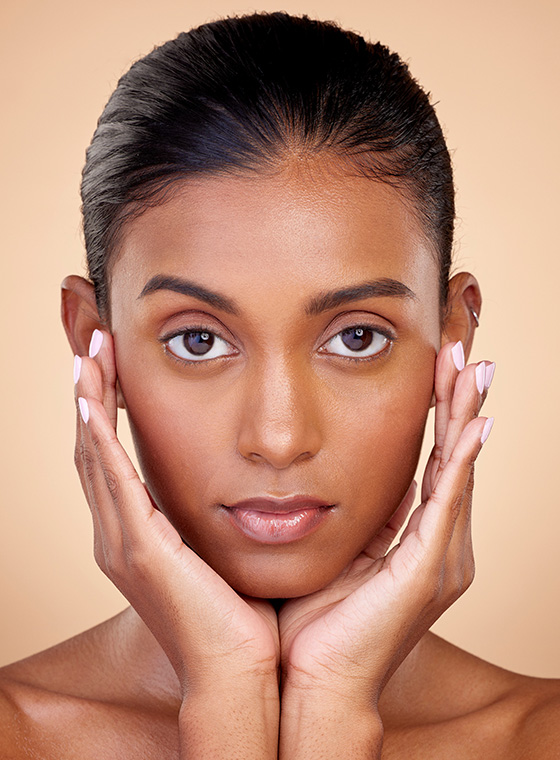Skin Treatments By Body By Craft
Learn about the latest in skin revitalization treatments and hone your facial features

Our Skin Procedures
Introduction
schedule your consultation today
Skin Treatments
Customized Facials
TCA Chemical Peel
Vitalize Peel
Chemical Peels
Illuminize Peel
Achieve Better Skin Tone
A chemical peel is an aesthetic procedure performed to achieve better skin tone and to remove fine lines, especially on the face. Skin peels have been used for centuries and are revered for the simplicity of the application, minimal recovery time and the almost immediate results. Although most popular as enhancement to the skin on the face, chemical peels can be used treat skin on the legs, arms, back, neck and chest.
All chemical peels work by removing a layer of skin. Removing the layers of skin prompts the body to generate a new layer of skin cells which are tainted by the previous skin condition.
The skin is susceptible to damage by sun, acne, age, wrinkles or pigmentation problems. There are seven layers of our skin and the amount and severity of the damage to the skin can affect some or all of these layers.
A chemical peel uses chemicals or acid to remove the layers of the skin that have been damaged. Chemical peels differ in the layer of skin they remove. Superficial or light chemical peels remove the top layer of the skin. This layer is mostly dead skin and removal can cause immediate results that include clear fresh looking skin.
Chemical peels advance from superficial peels to medium or deep chemical peels. Dr. Craft and you enhancement team will assess your skin and identify problem areas and challenges and work with you to outline your goals and an enhancement plan. Depending on the level of trauma and the depth of the trauma to your skin, Dr. Craft and his team will choose the appropriate chemical peel for your skin.
Chemical Peel Treatments
Outcomes and results of a chemical peel can include:
- Reduced facial wrinkles and lines.
- Improved sun-damaged skin.
- Correct age spots.
- Correct pigmentation problems.
- Lighten scars (especially from acne).
- Treat precancerous skin lesions.
- Treat Melasma
schedule your consultation today
Options and Considerations
Depending on the amount of damage and effected areas of your skin, Dr. Craft and the enhancement team will work with you to choose the appropriate chemical peel. All chemical peels apply more than one application and all include several steps in the application process (preparation, peel and moisturizing or revitalizing).
Generally, chemical peels are applied to the skin, and dry out the top layers of the skin over a period of a few days (5 – 7). Once the top layers of skin dry out they peel off. When these top layers of skin peel off, a new layer of undamaged skin is revealed. The new layer is fresher, smoother and has more color.
Although chemical peels are non-surgical non-invasive applications, there are some considerations prior to committing to a chemical peel procedure:
- Skin should be free of active skin disease of infection.
- Deep chemical peels may not be recommended for patients with darker skin or a history of pigmentation (hypopigmentation, hyperpigmentation, keloiding).
- Chemical peels may not be recommended for patients with severe acne.
- Some chemical peels may not be recommended for patients who are allergic to aspirin.
- Women who are pregnant or breast feeding should not be considered for chemical peels.
- Depending on the type and intensity of the peel, your face will peel for a few days (5 – 7) and may appear unhealthy or unpleasant. You can work with your enhancement team to schedule a date and time where such peeling will be as convenient as possible.